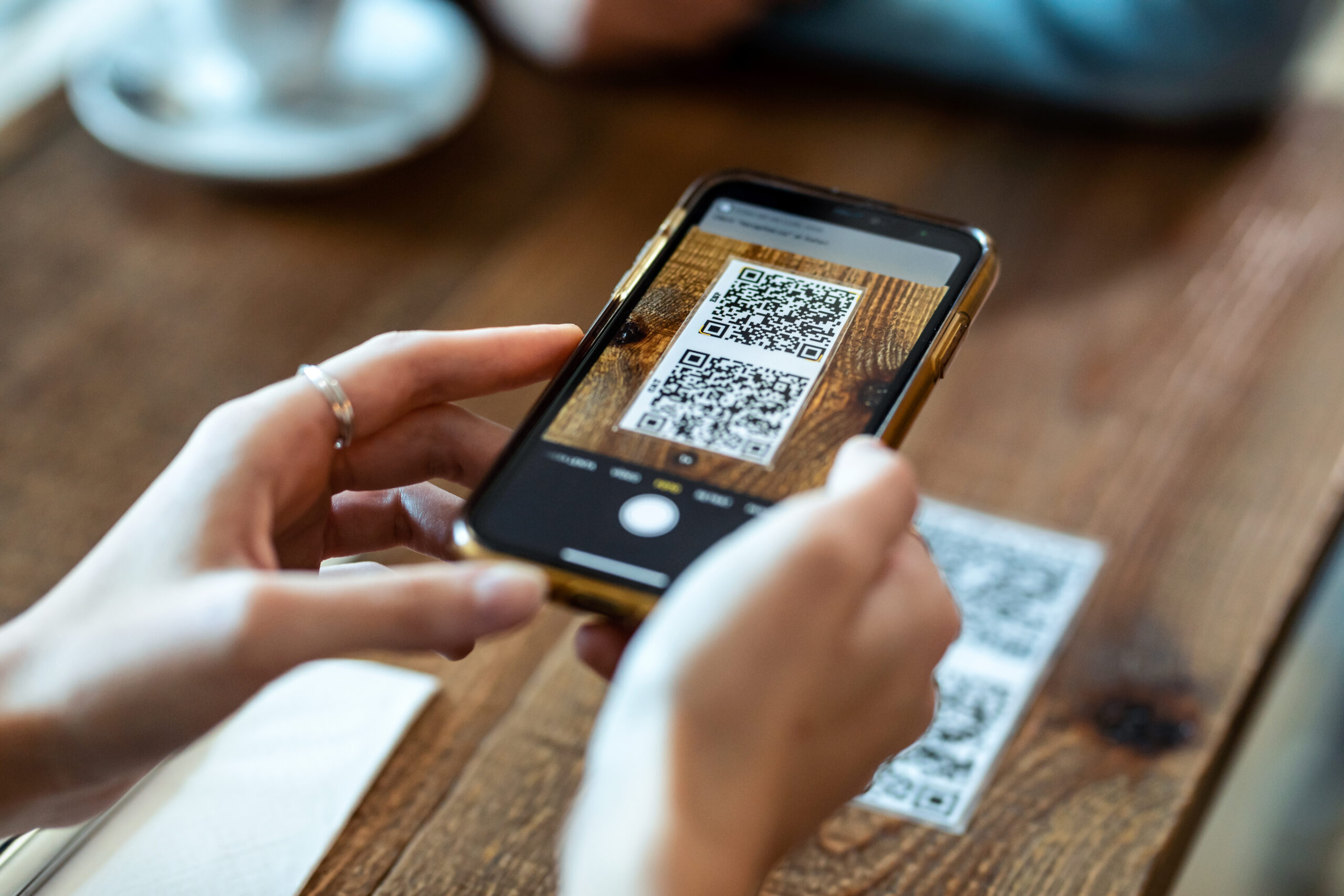For restaurants, a well-designed loyalty program isn’t just a way to incentivize repeat
business—it’s a powerful tool to build lasting customer relationships. But if your loyalty program
feels stagnant or struggles to stand out in a crowded market, it may be time to consider adding
gamification elements.
Gamification leverages the natural human love for games, competition, and rewards to create
an engaging and interactive experience. Incorporating these elements into your restaurant
loyalty program can deepen customer loyalty, drive higher engagement, and, ultimately,
increase revenue.
This blog will explain how gamification can transform your loyalty program, the key elements to
consider, and the practical steps to implement them effectively.
What Makes Gamification Effective?
Gamification taps into the psychology of motivation and engagement. Through points,
leaderboards, challenges, and rewards, it creates a sense of achievement and fun that keeps
customers returning. According to a report by MarketsandMarkets, the gamification market is
projected to grow from $9.1 billion in 2020 to $30.7 billion by 2025—proving its effectiveness
across industries.
For restaurants specifically, gamification offers unique benefits such as:
● Encouraging repeat visits by tying rewards to specific actions.
● Creating emotional connections that link your brand to positive experiences.
● Making loyalty programs memorable, increasing the likelihood of participation.
Let’s explore how restaurants can integrate gamification into their loyalty programs.
Adding Gamification Elements to Loyalty Programs
1. Create a Points-Based System
A points-based system is at the core of most loyalty programs, and gamification can enhance its
appeal. For instance:
● Assign points for every dollar spent.
● Award bonus points for specific actions, like dining on weekdays or referring friends.
● Offer limited-time rewards for achieving milestones, such as earning 500 points within a
month.
You can even add a visual progress bar in your system so customers can track how close they
are to earning rewards.
Example:
Starbucks’ loyalty program uses a points-based system and incentivizes visits with unique
challenges. Customers can earn bonus stars by ordering featured items or visiting at specific
times, keeping the program fresh and exciting.
2. Introduce Levels or Tiers
Tiered programs offer additional rewards or perks as customers reach higher levels. This
element plays on the desire for achievement and exclusivity.
● Start with essential entry rewards at the lowest level and ramp up to VIP perks as
customers spend more.
● Name the tiers creatively to fit your restaurant’s aesthetic or theme, such as “Foodie
Explorer” or “Culinary King.”
Example:
The Chick-fil-A One program features bronze, silver, and red membership tiers, increasing
benefits like free rewards and priority ordering as customers climb the ranks.
3. Use Challenges and Quests
People love accomplishing tasks, and this sense of achievement is at the heart of gamification.
Incorporating challenges or quests into your loyalty program encourages customers to engage
more deeply.
● Offer “weekly quests” where customers can earn extra points by dining twice weekly.
● Launch scavenger hunts or menu challenges where participants try items from different
sections of your menu to unlock rewards.
Example:
Domino’s Pizza encourages engagement with its “Piece of The Pie Rewards” program, where
customers can accumulate points and redeem them for free pizzas. Interactive challenges tied
to their app keep participation levels high.
4. Leverage Leaderboards and Social Sharing
Adding a competitive element like leaderboards motivates customers to interact with your
program frequently. Whether customers compete for the month’s top spender or the most visits,
it fosters community and fun.
● List top participants on your restaurant’s app or social media platforms.
● Encourage customers to share their progress or earned rewards online to enter special
giveaways.
Example:
Buffalo Wild Wings’ Blazin’ Rewards program tracks points and allows customers to compete
with friends for rewards, extending engagement through friendly rivalry.
5. Offer Instant Gratification Rewards
Customers love immediate rewards. Gamifying the redemption process ensures customers feel
their spending efforts pay off immediately.
● Award free appetizers, desserts, or discounted drinks after hitting specific milestones.
● Create a digital “spin the wheel” game for daily or weekly prizes like freebies or coupons.
Example:
Chipotle’s “Freepotle” promotions have been wildly successful, offering instant wins like free
burritos or points via gamified digital experiences.
6. Integrate Technology for Seamless Engagement
Gamification often relies heavily on technology for successful implementation. A mobile app is
an excellent platform for managing interactive elements like challenges and leaderboards while
providing a central hub for customers to monitor their progress.
● Use push notifications to remind customers to participate in live challenges or to
announce flash rewards.
● Incorporate AR or VR experiences for fun and memorable interactions, such as scanning
codes on placemats for bonus points.
Example:
McDonald’s Monopoly campaign is one of the most iconic gamification examples. It integrates a
digital and in-store experience where customers play for grand prizes while earning small wins
on the spot.
How Gamification Benefits Your Restaurant
When executed well, gamified loyalty programs provide far-reaching advantages for restaurants,
including:
● Boosting Sales: Customers are likelier to spend more to complete challenges or earn
higher-tier rewards.
● Increasing Foot Traffic: Exclusive offers and time-sensitive challenges encourage more
visits.
● Fostering Customer Retention: The interactive aspects of gamification create loyalty,
translating to lifetime value.
● Encouraging Word-of-mouth: Features like leaderboards and social sharing motivate
customers to recommend your restaurant within their circles.
Studies suggest gamified loyalty programs yield significantly higher engagement than traditional
programs. With customers already participating for fun, you can create a positive feedback
loop—happy diners who keep returning for more.
Overcoming Challenges in Implementation
While gamification holds immense potential, it’s crucial to approach it thoughtfully. Consider the
following tips:
- Start Small: Begin with a fundamental challenge or point system and expand over time. Test the waters to see how your customers respond.
- Maintain Consistency and Fairness: Be transparent and consistent with points, rewards, and rules to build participant trust.
- Analyze Performance: Track engagement metrics, such as app downloads or the percentage of customers completing challenges. Use this insight to refine your approach.
- Balance Fun and Function: Ensure that gamification elements remain fun and intuitive to avoid overwhelming or confusing customers.
Final Thoughts: Build Loyalty Through Play
With the restaurant industry becoming increasingly competitive, a standard loyalty program may
no longer be enough to capture customer attention. Gamification provides an innovative
alternative—allowing you to turn everyday dining into an exciting, rewarding customer
experience.
Adding game mechanics like points, leaderboards, and challenges will create a loyalty program
that actively engages diners and keeps them returning for more. If you’re ready to transform
your program, various tools and strategies can help you get started today.

